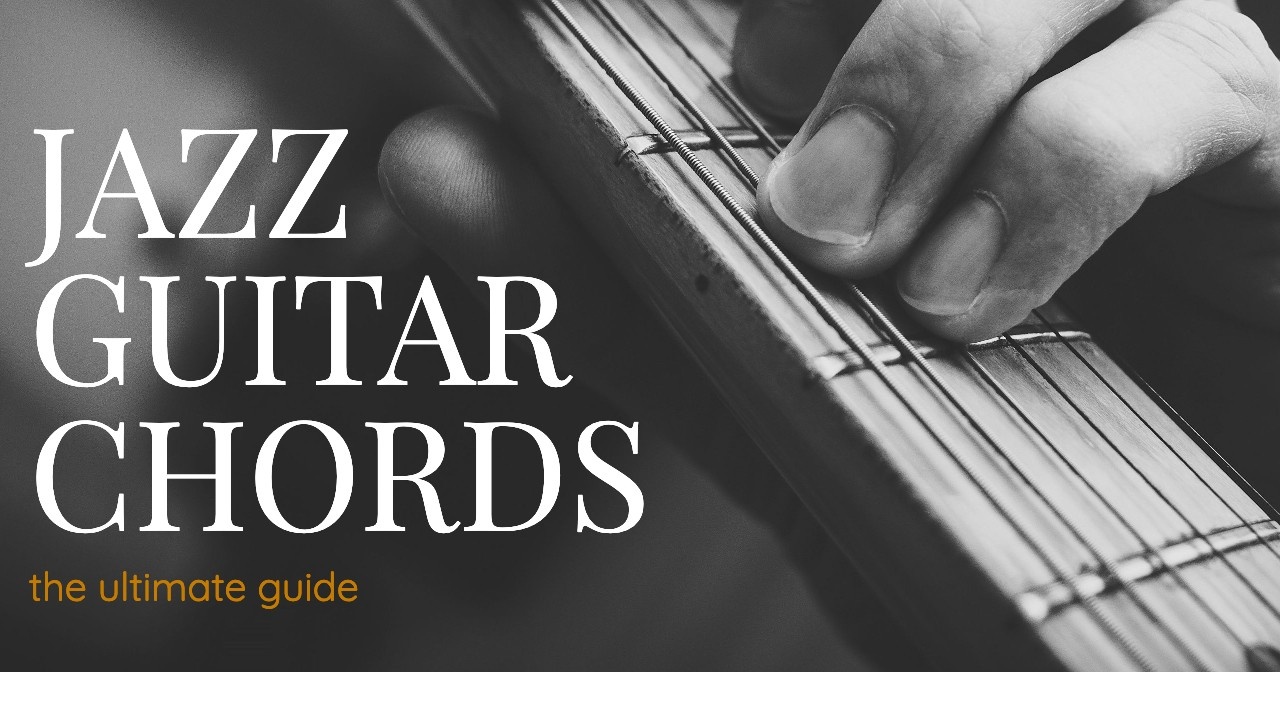STANDARDS
Library
Jazz Standards for Jazz Guitar PDF Sheet Music, TABS, Chords and Soloing with Audio Examples
Welcome to our archive of some of the most popular jazz standards for jazz guitar! Here, we will provide you with lead sheets, basic chord melodies, chords, and single-note solos that you can begin applying over some of the most popular standards right away. We think that you will find everything you need to get you started right here.
What does each PDF contain?
-Lead sheet
-Chord melody arrangement
-Basic chord chart
-Single note solo
Each tune also comes with supplementary audio demonstrating everything in the PDF as well as information about the tune (composer, year, etc.). This way, you will be able to hear each example and draw notes from it as necessary!
How to Learn and Play Jazz Standards
As guitar players, we can be responsible for playing any part of a tune. Whether it is melody, bass lines, or accompaniment, we have to be ready to tackle any situation at a moment’s notice.
Thoroughly learning a standard song requires a comprehensive understanding of the tune and that means some homework must be done!
Here’s a good list of things you should be doing while learning any new standard: 7 Steps (You’re Probably NOT Taking) to Learning Jazz Standards for Jazz Guitarists
Listen then Use Your Ears
When learning jazz guitar standards, the first step is to listen to recordings of the tune. Get an idea of how different players have approached the tune over the years.
If you have the ability, the best way to learn tunes is to use your ear to figure out melody + chords for a given tune.
The reason for this is because a lot of these old fake books have TONS of errors. It’s understandable because these writers were picking a lot of this stuff up by ear from dodgy recordings.
The best versions to learn from are usually the earlier recordings as the more modern ones tend to take liberties with the melody and harmony. Fake books are okay in the meantime, but do make an effort to develop your ear!
-Learn to hear intervals – This should be one of your first steps in the ear training process. You should be able to recognize any interval immediately. There are many apps and websites available with free ear trainers.
-Learn to hear chord qualities – Start with triads. You should know right away if a triad sounds major, minor, diminished, or augmented.
-Learn to hear 7th chords – Add to those triads by being able to pick out the type of 7th chord you are hearing. If you can hear a triad in there, adding the 7th is only a step away.
If you are feeling brave, you can also try hearing extensions such as 9ths, 11ths, and 13ths.
Accompany with Style
Next, make sure you can “comp” through the whole tune in every position on the fretboard.
Always make sure to use good voice-leading while practicing this. Voice-leading refers to the movement of the individual voice in your chords. You don’t want all of your voices leaping around haphazardly!
Changing between chords using the closest – and often the same – notes will help you practice this concept.
In the comping link provided, we provide you with all of the chordal information you need to become a good accompanist on guitar, but knowing a bunch of chords is not enough.
You must also learn to create melodies within your comping! Always pay attention to the top line of what you are playing and see if it sounds like a cohesive thought. This is where practicing good voice-leading comes in handy.
Improv and Soloing
Improvisation Practice
– Motivic Development – Take a small 2-4 note idea and develop it. Play it in sequences ascending or descending and try it in different permutations.
– Guide-Tones – Target those guide-tones on strong beats with your lines.
– Transcribe – Learn solos or parts of solos from your favorite players. This is a great way to get some vocabulary under your belt and create your own ideas from that.
Chord Melody: the Holy Grail
Lastly, put together a chord melody. Creating your own chord melodies is very challenging but very rewarding. In this index, we have provided you with sample chord melodies to give you ideas on how you can go about coming up with your own!
Our lesson on creating chord melodies is complete with strategies and references such as chord voicing ideas, arrangement considerations, and reference books that you should explore!






